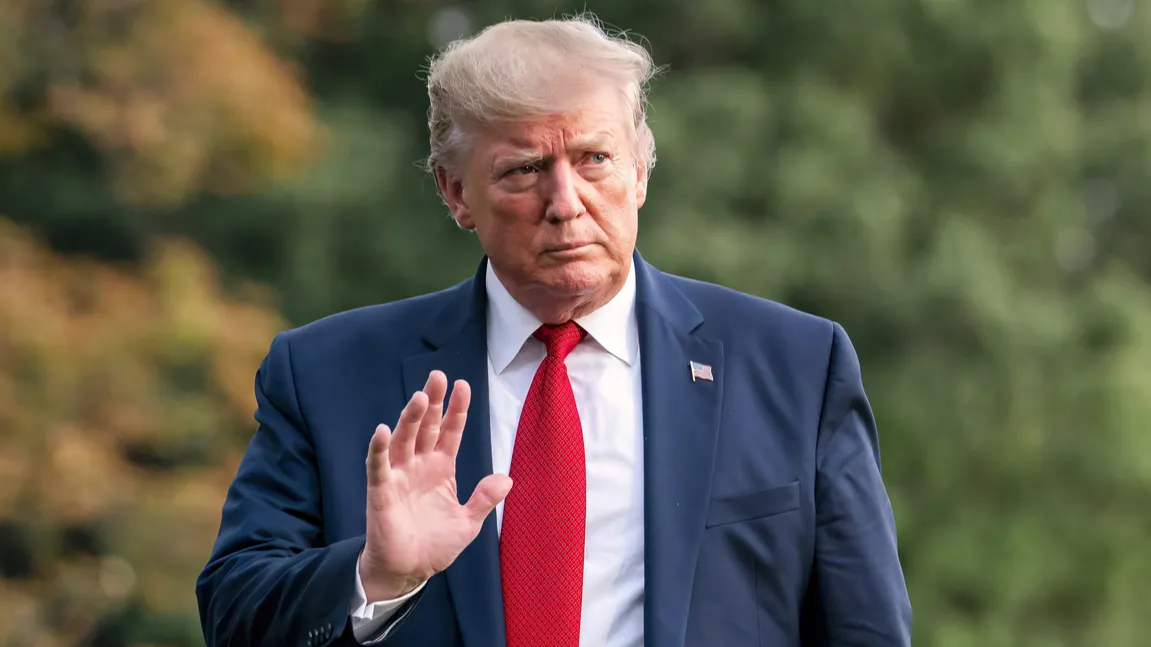
Image credits: Tennessee/Depositphotos
Trump Administration Reinstates $5 Billion EV Charging Program After Court Ruling: What You Need to Know
In a significant move for the U.S. electric vehicle (EV) landscape, the Trump administration reinstated the $5 billion National Electric Vehicle Infrastructure (NEVI) program in August 2025 after a federal court ruling ordered the release of frozen funds.
Initially frozen in early 2025, this program aims to accelerate EV charging infrastructure nationwide. The reinstatement has significant implications for states, EV drivers, and the future of clean transportation infrastructure. This post unpacks the details, legal background, program changes, and what it means for the expanding EV market.
Alt text: Shot of US president Donald Trump waving.
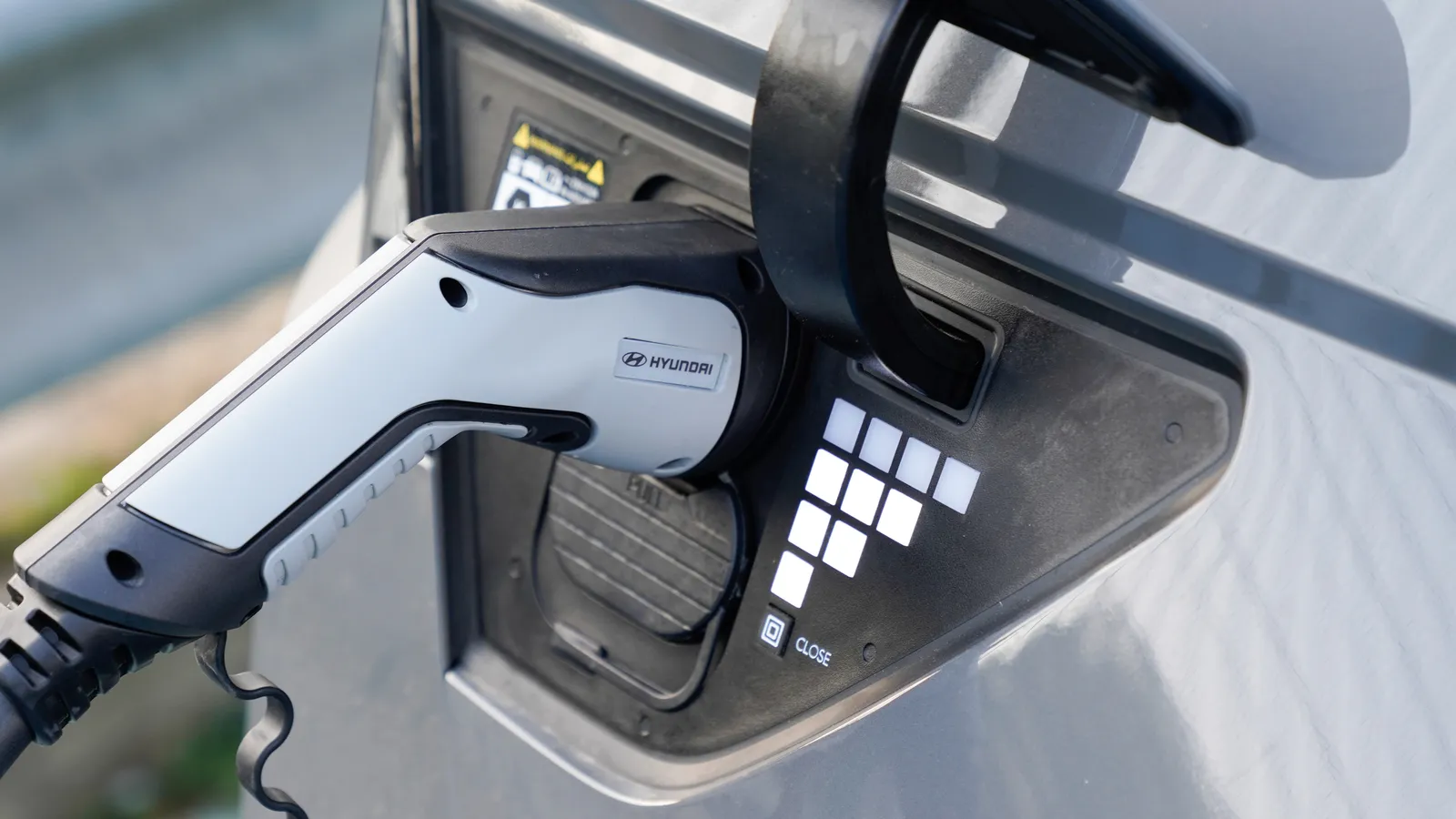
Image credits: OceanProd/Depositphotos
What Is the NEVI Program and Why Does It Matter?
The NEVI program was established as part of the 2021 Bipartisan Infrastructure Law to fund the creation of a nationwide EV charging network. With $5 billion allocated, its primary goal is to close gaps in EV charging “deserts,” especially along interstate highways and rural corridors.
This federal investment is crucial to supporting the growing number of electric vehicles on the road, reducing range anxiety, and encouraging long-distance EV travel. Without robust public infrastructure, many potential EV buyers may hesitate, making NEVI a cornerstone of U.S. clean transportation efforts.
Alt text: Charging gun plugged inn Hyundai

Image credits: gints.ivuskans/Depositphotos
Why Did the Trump Administration Freeze NEVI Funding in Early 2025?
In February 2025, the Trump administration decided to freeze the NEVI program’s funding, rescinding prior guidance and halting the flow of $5 billion in federal support. Officials cited concerns over regulatory complexity, excessive equity mandates, and perceived bureaucratic overreach.
This freeze was seen as a pivot away from aggressive federal support for EV infrastructure, generating uncertainty among states and stakeholders. The decision sparked backlash, risking slowing EV infrastructure progress and undermining federal climate goals, prompting legal action from states that relied heavily on these funds.
Alt text: Brussels, Belgium, press conference of Donald Trump, President
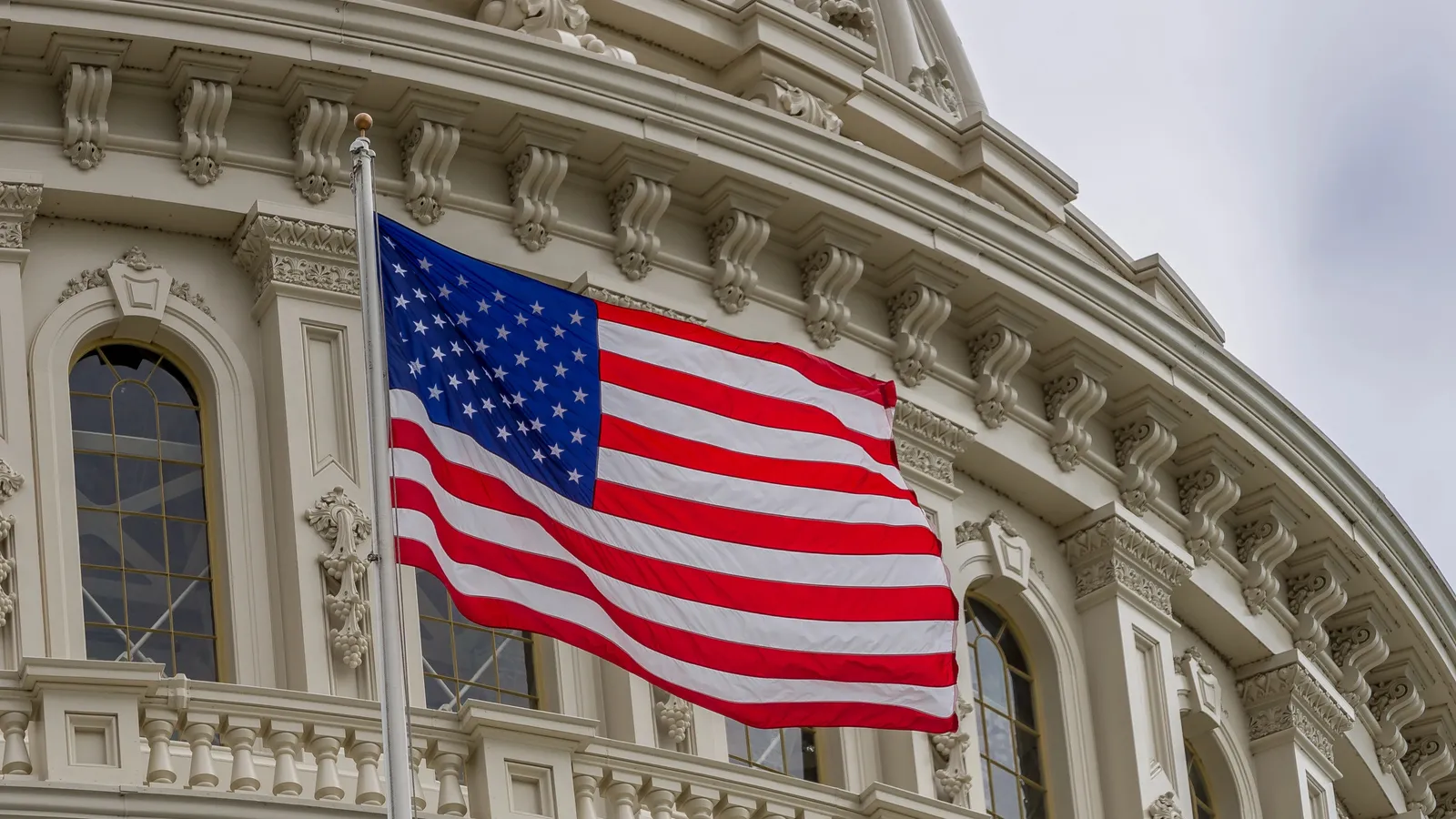
Image credits: fireandstone/Depositphotos
The Legal Battle: States Challenge the Freeze
In response to the funding freeze, a coalition of 16 states plus Washington, D.C., filed a lawsuit challenging the Trump administration’s decision. These states argued that withholding congressionally approved formula funding was unlawful and threatened their ability to deploy EV chargers critical to meeting clean energy targets.
The lawsuit highlighted the NEVI program’s statutory backing and the need for consistent federal support. It underscored the tension between executive action and congressional intent, especially regarding climate-related infrastructure investments with bipartisan legislative support.
Alt text: United States capitol building with waving American flag in Washington

Image credits: DragonImages/Depositphotos
June 2025 Court Ruling: A Win for EV Infrastructure
In June 2025, U.S. District Judge Tana Lin issued a preliminary injunction ordering the Trump administration to resume NEVI funding to 14 states. The ruling clarified that the program’s formula funding mechanism entitles states to these funds, and the executive branch cannot unilaterally block them.
While the injunction did not apply to all plaintiffs, the decision reaffirmed the separation of powers and upheld congressional authority over infrastructure spending. This legal victory marked a crucial step toward getting EV charger construction back on track in multiple states.
Alt text: Business calendar with pins pinned on the month June.

Image credits: HayDmitriy/Depositphotos
Program Reinstatement in August 2025: What Changed?
After the court ruling, the Trump administration reinstated the NEVI program but issued updated guidance that altered key provisions. Most notably, requirements emphasizing equity, environmental justice, grid integration, and labor standards were removed.
The administration argued these changes would reduce bureaucratic delays and give states more flexibility in spending funds. While the program’s core goal of expanding EV charging remained, the policy shift sparked debate over how best to balance speed of deployment with equitable access and environmental safeguards.
Alt text: Partial view of blurred judge holding gavel during sentencing
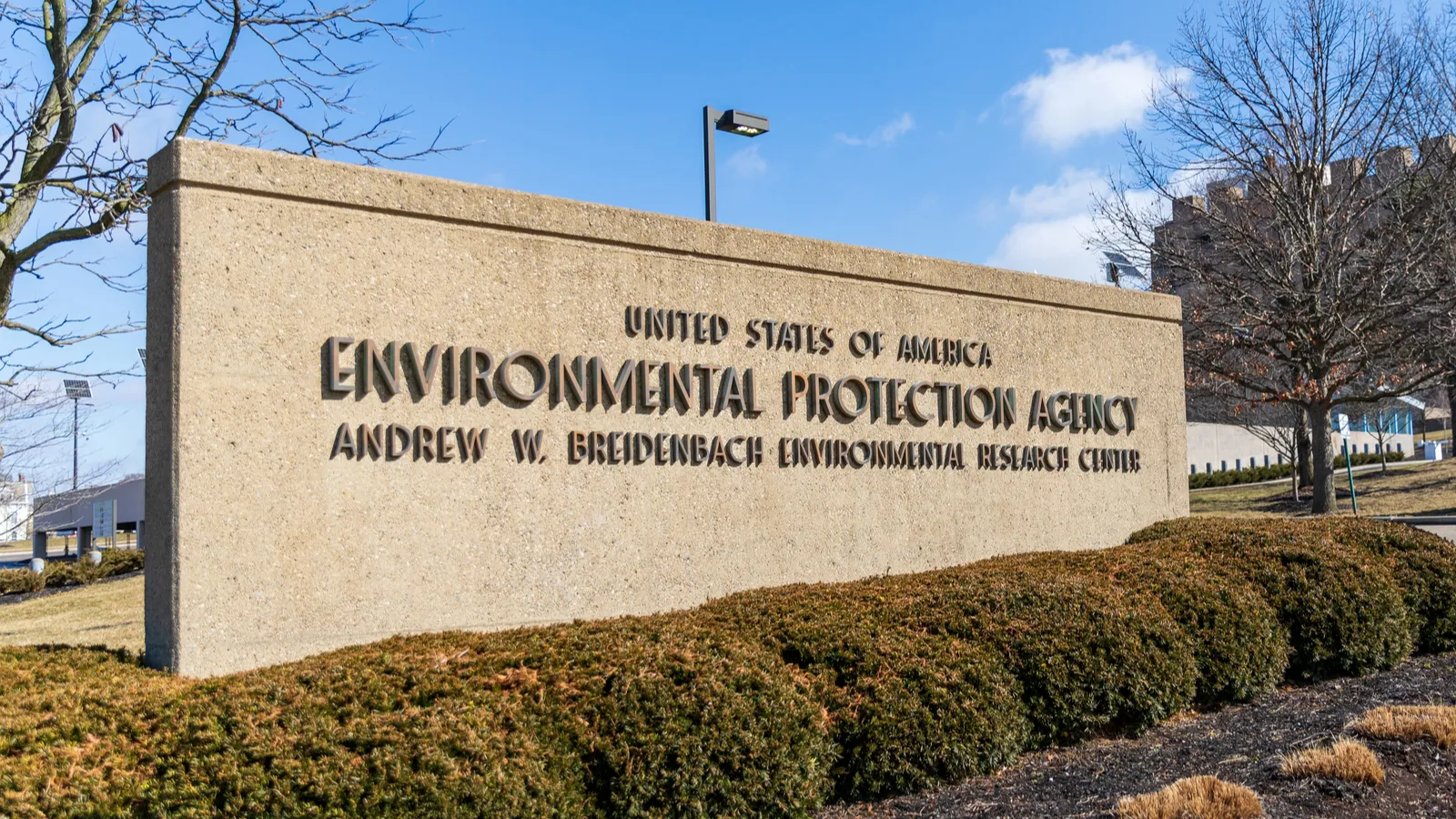
Image credits: C5Media/Depositphotos
The Impact of Removing Equity and Environmental Justice Requirements
The original NEVI guidance prioritized directing at least 40% of benefits to disadvantaged communities under the Justice40 initiative. This aimed to ensure that low-income, rural, and historically marginalized populations benefited from EV infrastructure investments.
The Trump-era rollback eliminated these mandates, raising concerns that underserved areas may be left behind. Environmental and social justice advocates argue that such changes risk perpetuating inequalities and limit the program’s ability to address long-standing infrastructure disparities affecting rural and minority communities.
Alt text: U.S. Environmental Protection Agency (EPA) sign displayed on a wall
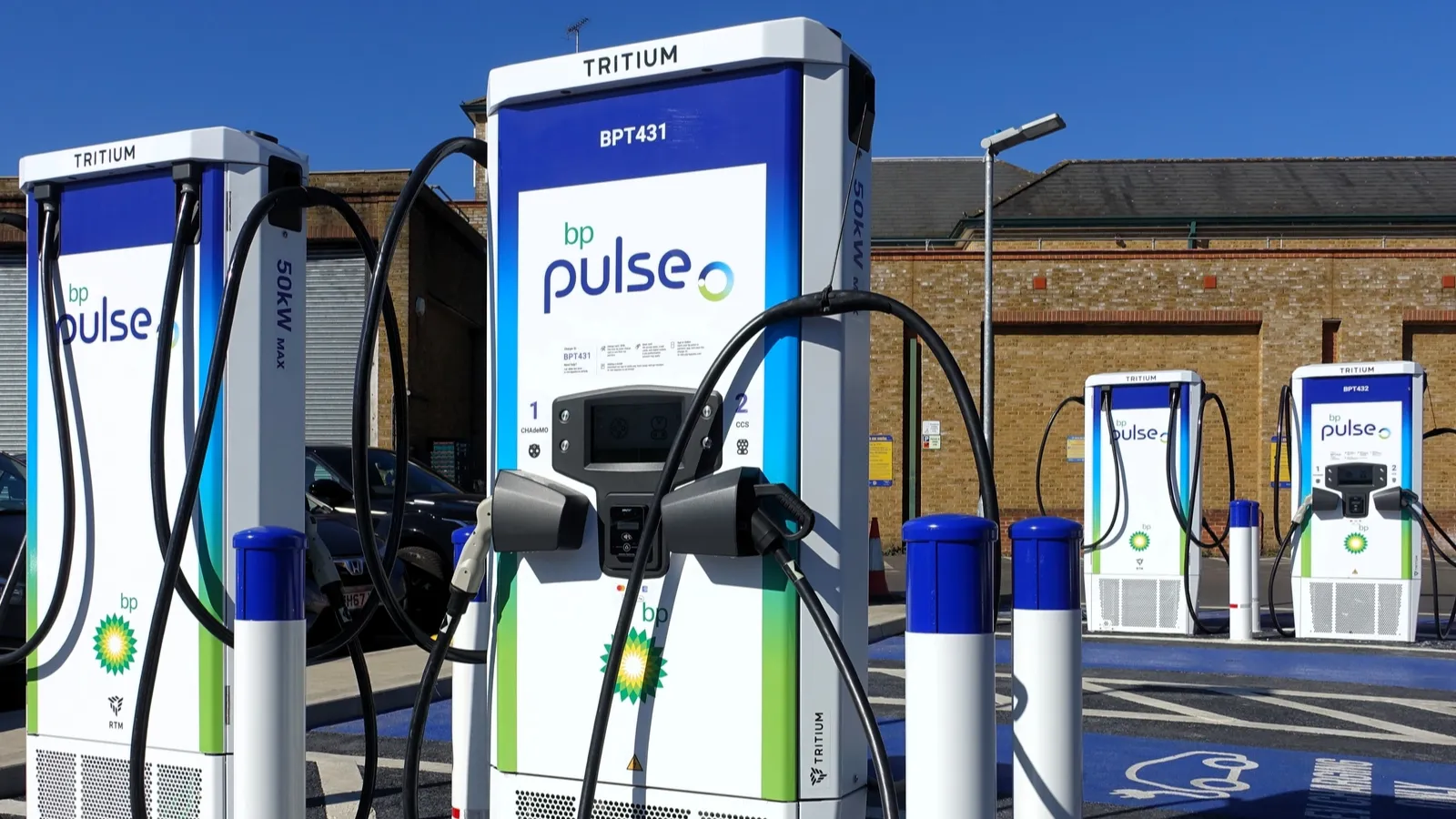
Image credits: PeterFleming/Depositphotos
How Increased Flexibility May Accelerate EV Charger Deployment
Supporters of the new guidance believe that by removing stringent requirements, states can avoid red tape and deploy EV charging stations more quickly. Before the freeze, reports indicated that about 84% of NEVI funds remained unspent due to complex approval processes and regulatory burdens.
The Trump administration aims to streamline these processes, allowing states to tailor projects to their unique needs better and expedite construction, potentially increasing the number of chargers along key travel corridors more rapidly than before.
Alt text: BP pulse tritium dc fast chargers for electric vehicles

Image credits: stetsik/Depositphotos
What This Means for EV Drivers Across the U.S.
For electric vehicle owners and potential buyers, the reinstated NEVI program promises expanded charging options and improved access, especially along highways critical for long-distance travel. However, removing equity mandates might delay charger availability in rural and underserved regions, affecting range confidence for some drivers.
The program’s revival is a positive sign for infrastructure growth but underscores ongoing challenges in ensuring equitable and comprehensive national EV charging coverage.
Alt text: 2021 Tesla model Y
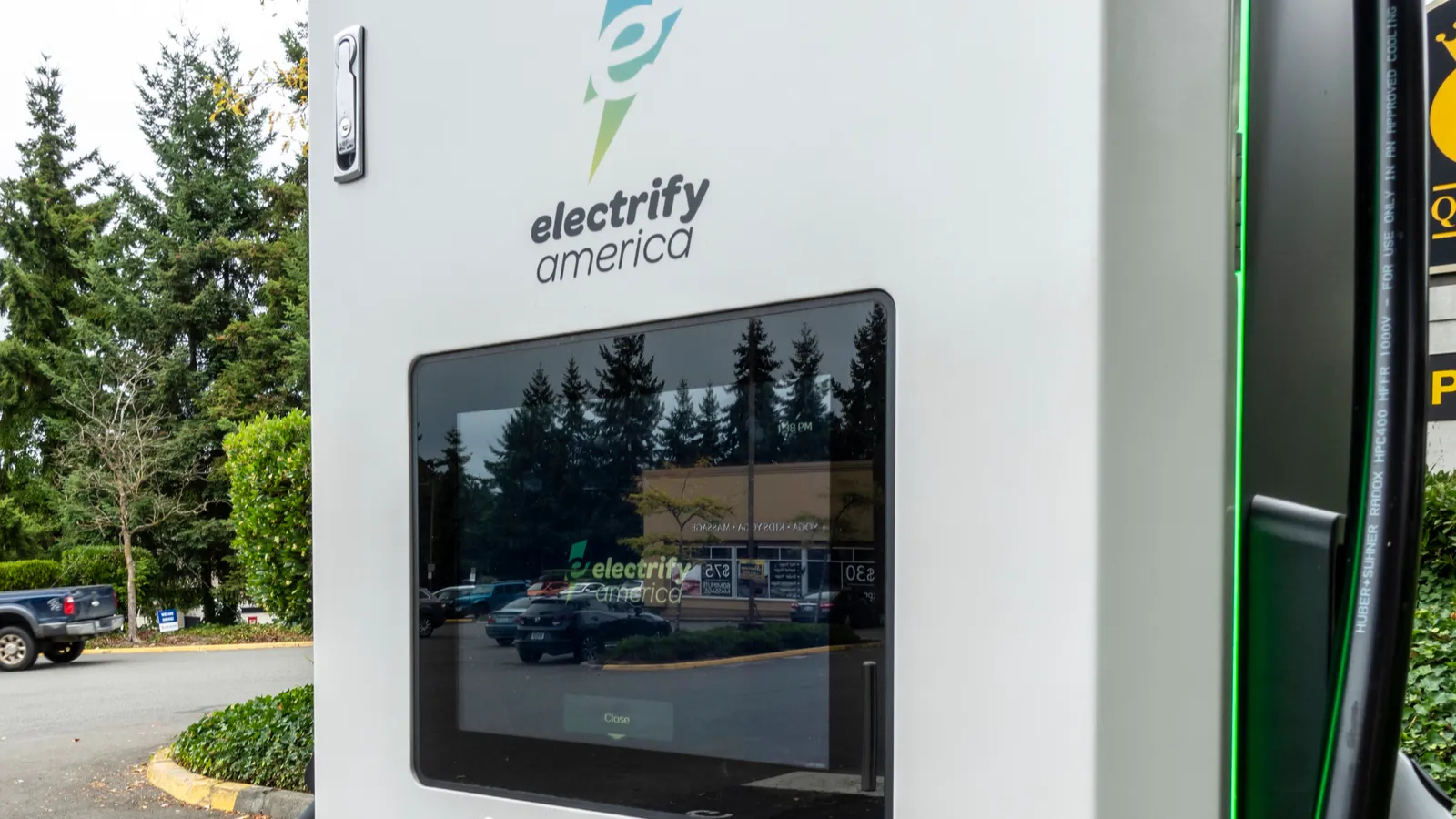
Image credits: ColleenMichaels/Depositphotos
The Role of Private Investment vs. Public Funding
While private companies like Tesla, Electrify America, and ChargePoint continue building EV chargers, these investments focus primarily on urban and profitable markets.
Public funding through NEVI is vital to fill the gaps in rural and underserved areas where private sector incentives are weaker. NEVI ensures a more equitable distribution of charging infrastructure, supporting nationwide EV adoption and complementing private networks for a robust, accessible system.
Alt text: Electrify America charging station

Image credits: pandionhiatus3/Depositphotos
Perspectives from States and Stakeholders
States that sued for the reinstatement generally welcomed the court ruling and funding resumption but expressed mixed feelings about the new guidelines. Some states appreciate the added flexibility, which may allow tailored infrastructure strategies.
Others worry that loosening equity and environmental rules undermines broader goals of inclusive clean transportation. Stakeholders debate how to balance efficient deployment with social and ecological responsibilities.
Alt text: Golden Gate Bridge at twilight San Francisco California, USA
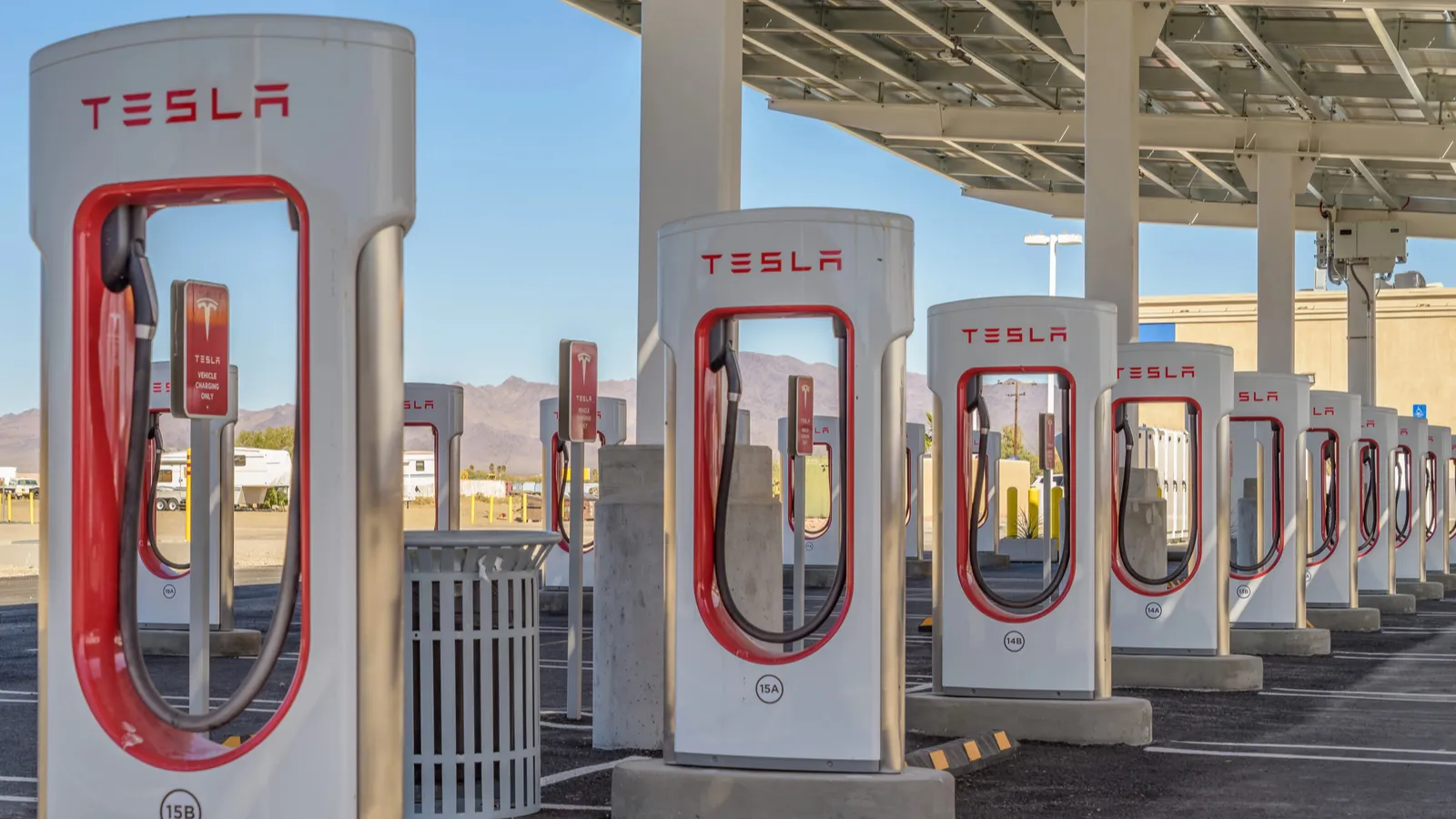
Image credits: cornfield/Depositphotos
How NEVI Fits into U.S. Climate and Transportation Policy
Expanding EV infrastructure is essential to reducing greenhouse gas emissions from transportation, which accounts for a significant portion of U.S. carbon output. The NEVI program supports national climate objectives by promoting EV adoption, which reduces dependence on fossil fuels.
Delays or policy shifts affecting NEVI may impact the pace at which the country achieves emissions reduction targets, underscoring the program’s strategic importance for a clean energy future.
Alt text: Tesla supercharger charging station
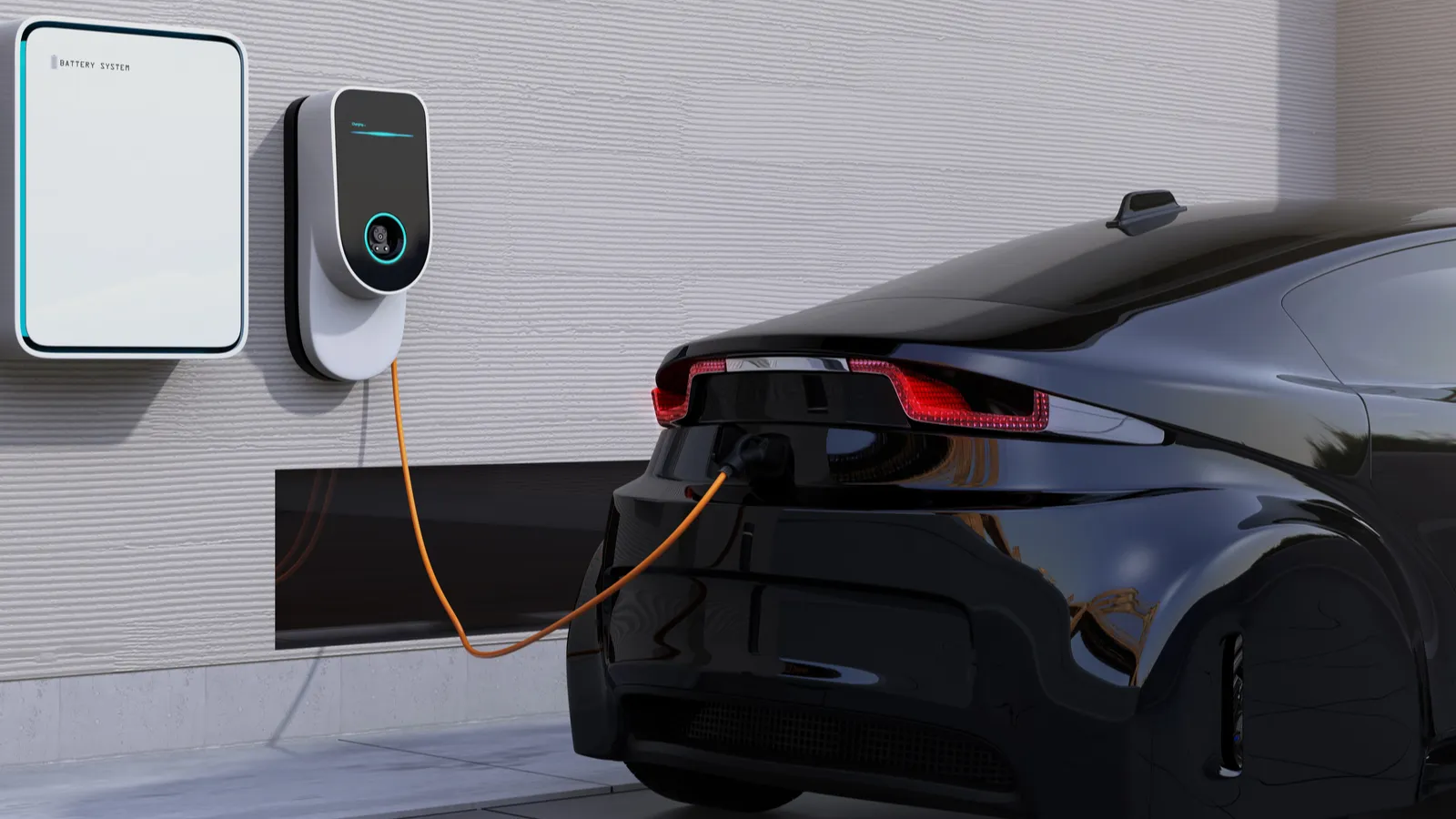
Image credits: chesky_w/Depositphotos
Challenges in Deploying EV Infrastructure Before the Freeze
One of the biggest challenges before the funding freeze was the slow utilization of allocated funds. Many states struggled with complex regulatory requirements, lengthy approval processes, and administrative hurdles. This bottleneck resulted in most of the NEVI money remaining unspent, delaying charger installation.
The Trump administration’s revised rules aim to solve these issues by simplifying compliance and speeding project approval, although the tradeoffs remain contentious.
Alt text: Electric vehicle charging station for home

Image credits: mehaniq/Depositphotos
What’s Next for the NEVI Program?
Moving forward, states, advocates, and industry players will closely watch the NEVI program’s evolution. Ongoing legal scrutiny and political debate may shape future program guidelines.
Balancing rapid deployment with ensuring equity and environmental protections will be critical. Stakeholders will push for transparent metrics and accountability to ensure the $5 billion investment delivers a nationwide EV charging network that benefits all Americans.
Alt text: Big amount of US hundred dollar bills close up
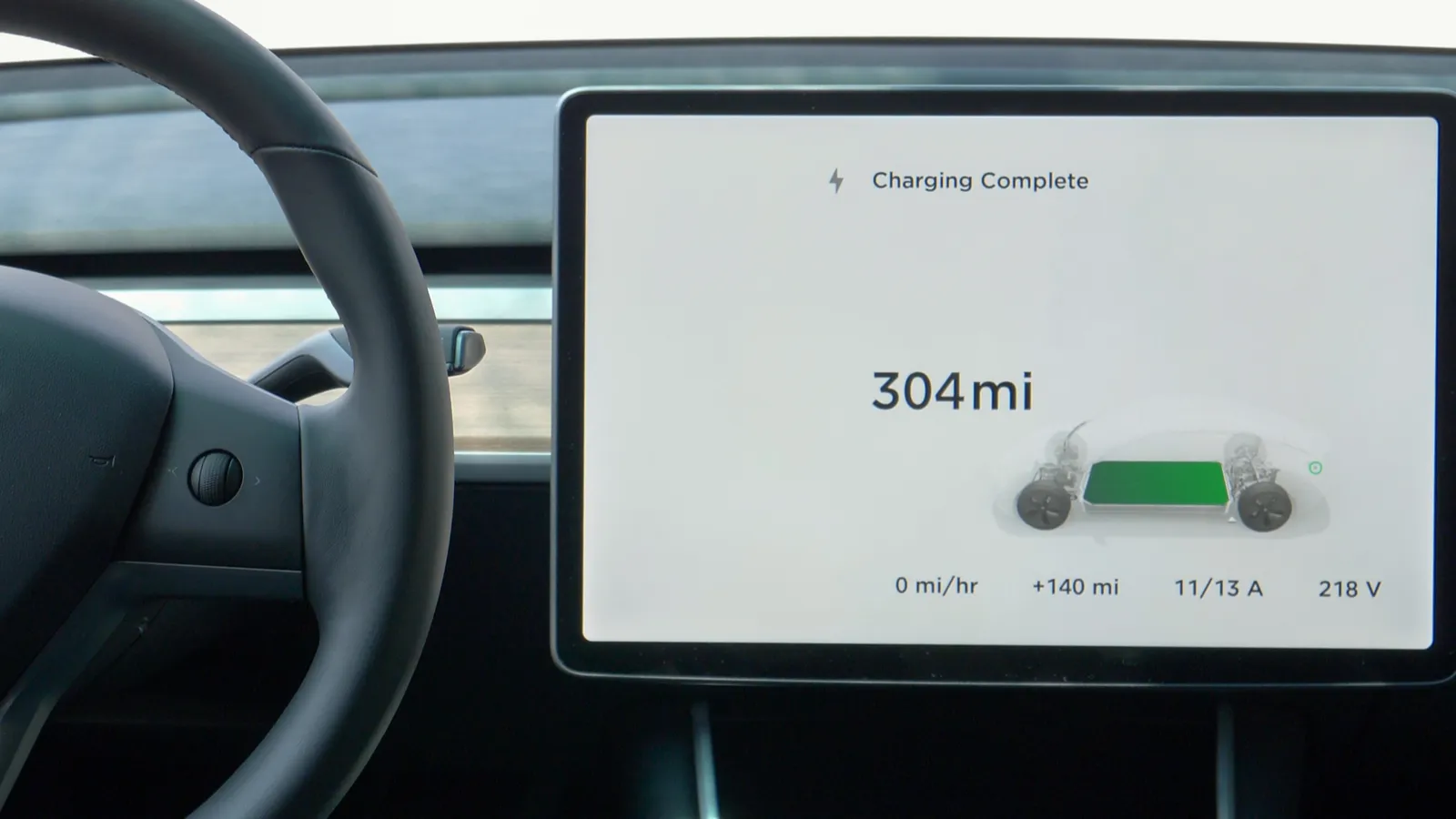
Image credits: prostock/Depositphotos
Why EV Enthusiasts and Car Buyers Should Care
As the EV market grows, reliable charging infrastructure is key to overcoming “range anxiety,” one of the biggest hurdles for potential buyers. The reinstated NEVI program means more chargers on the road, making EVs a more practical and attractive choice.
Whether you’re a current EV owner or considering buying one, these infrastructure investments will directly affect your ability to travel efficiently and confidently.
Alt text: Touchscreen inside a Tesla notifies the car battery range
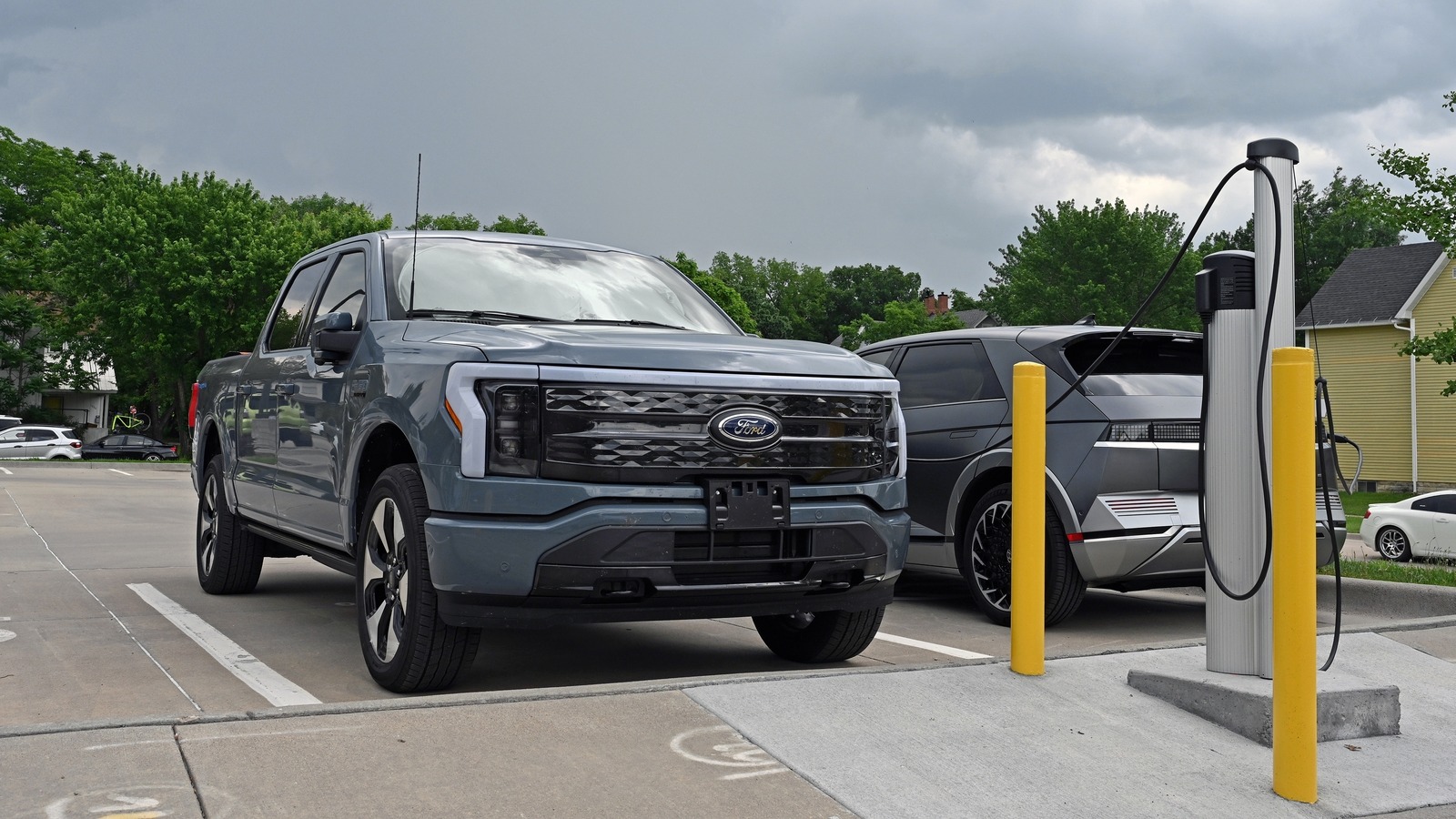
Image credits: mark_reinstein/Shutterstock
Striking a Balance for the Future of EV Infrastructure
The reinstatement of the $5 billion NEVI program after a court ruling is a pivotal moment for the U.S. EV charging ecosystem. While funding has resumed and states enjoy increased flexibility, the rollback of equity and environmental mandates raises essential questions about inclusivity and justice.
A fast, effective, and fair EV infrastructure rollout will require ongoing dialogue and cooperation between federal agencies, states, and communities.
Alt text: Ford-F 150 lightning EV pickup truck is charging
